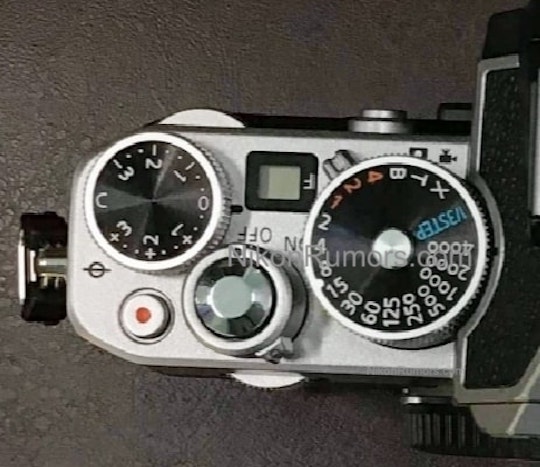Disappointed_Horse
Well-known
Looks like you've not gotten it yet. It's not a matter of mimicking the "analog experience" (a concept which would still need to be defined, by the way) with digital output, it's a matter of using a FF DSLR being a bit smaller, thanks to no useless gadgets and redundant buttons arrays, and at last an excellent viewfinder up to the normal 1960-1990 standards for normal people SLRs, instead of using a DSLR being bulky for no good reason and with lots of useless gadgets, and still a mediocre "tunnel like" viewfinder with too bright a focusing screen not allowing critical manual focusing. I have a D610 (same sensor, same body size, same viewfinder as the D750 and also the Df) so I know what I'm talking about. It's a remarkable FF DSLR with the same sensor as the one of the Leica M240 for a fraction of the price of the latter, my Ai and Ai-S Nikkor lenses perform outstandingly well on it, but each time I look through my old Nikon F2 viewfinder I am shocked with what Nikon have installed behind the eyepiece of their FF DSLRs. Take a Nikon F2 body, whatever the prism is installed on it, DE-1 plain prism or Photomic series, this is the same thing you will see in it but for the meter needle / LEDs (or not), install a Nikon F4 "Type R" focusing screen in it, look through that "old" viewfinder and compare with what you see in your DSLR, especially if you wear glasses. This is day and night even if you look through the VFs of the most expensive FF DSLRs made by Nikon today, D850, D6 etc.
Ah, now I think I get where you're coming from. You have the advantage of me, as I do not have a FF DSLR to compare with my 35mm SLRs. The viewfinders of my APS-C DSLRs are indeed shockingly small and dim compared to my FEs, but I always assumed the FF DSLRs were much better in this regard.
I would totally be down with a less bulky FF DSLR with a better viewfinder and no useless gadgets (which, for me, would be all of the video features packed into every camera theses days). With respect to size and weight, I think part of the reason Nikon's (and I guess all the other manufacturers') DSLRs are so bulky is that when the DSLRs were first designed, the size parameters were based on the F5 and F100. Having to pack in four to eight AA batteries resulted in big beefy bodies. With today's battery technology, I would think it would be possible to get decent performance/battery life with much less volume. Especially if the camera were designed for manual focus lenses (which of course will never happen).


